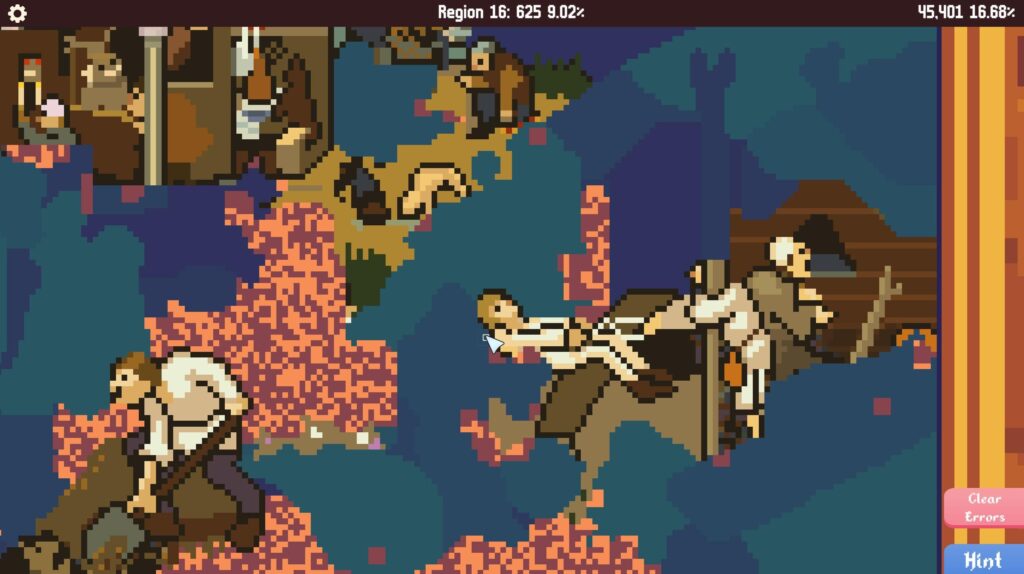
PC, Mac
Sometimes you just need a really good distraction. That’s not faint praise – an average or bad distraction isn’t what anyone wants – the “really good” part is vital. Proverbs is a really good distraction.
Things have been pretty rough personally for a bit, which is unfortunately reflected in a lower number of articles here, and today’s an especially rough one. But I’m not here to whine – I’m here to celebrate how Proverbs is just the sort of puzzle game I want right now to occupy one half of my brain, while a YouTube video about how the film Click is terrible or whatever occupies the other. It is, essentially, one massive Fill-a-Pix puzzle, that when solved creates a vast pixel depiction of Pieter Bruegel the Elder’s painting, Netherlandish Proverbs.
You know, normal stuff. Set in a beautifully drawn pixel room, you play the game by zooming in on a wall-sized canvas to fill in the puzzle section by section. When you zoom out, you start to see the painting appear, and after hours plugging away, I’ve got 22.2% of the image revealed! But what is Fill-a-Pix?

There may well be other names for the puzzle type, but I first encountered it via Conceptis’ excellent mobile app, which itself confuses matters by calling it a “Minesweeper Puzzle.” (It’s one of my pet hates that just about every grid-based puzzle game that isn’t sudoku gets compared to Minesweeper, since Minesweeper is an inherently terrible puzzle game that relies on luck over logic.) The puzzles work by presenting you with a grid of tiles, some of which have numbers inside. Each number tells you the number of tiles that are to be filled in within the 3×3 grid of which that numbered tile is the centre. If it’s a 9, then you can fill in the full 3×3 grid of tiles, and if it’s a 0 you can X them all out.
When they’re any numbers in between, you need to use logic to deduce which tiles are to be filled, based on the overlapping rules of other numbered tiles. For instance, if you have a 0, then an empty tile, then a 6, all on a row, then you know you can X out the three tiles that overlap with the 0’s grid, and fill in the other 6 to complete the rule. Then apply that rationale across eighty-squillion other tiles.
Oftentimes, this is purely a case of following inevitability. If other actions mean a 4 only has four viable tiles left, then fill in those tiles, then notice that completes a 2, and X out all the others, and so on. When it comes to much more complicated Fill-a-Pix puzzles, those are few and far between, and instead you’re having to do an awful lot of deduction, observing rules that will ripple across a grid – say a 6 that tells you the nearby 2 can only have tiles in these four cells, which means the 3 that overlaps will definitely have two of its cells filled by that, which means that 1 will be completed by the overlapping tiles with the 3, so you can X out the other six… Now, I love that sort of madness, but understand that’s because I’m a sicko, so you might be relieved to learn that Proverbs only delivers the mildest versions of such moves. You will occasionally need to make deductive leaps, but they’re pretty much just one or two steps.

It’s that sense of process, that continuous flow of each step revealing the next, and the satisfaction of always advancing, that makes this puzzle type so fun. What makes Proverbs even better is a combination of two things: Firstly, the enormous picture is divided into bonkers-shaped grids, all jagged shapes tesselating together, which plays really neatly into the puzzle format, rather than the usual boring straight sides. The second thing is that it’s an enormous picture. It’s so very gratifying to spend a good long while learning about EMF scams and what a truly dreadful person is Russell Brand, then mousewheel scroll back out from the small section of the puzzle you’re working on to see the enormous painting coming to life.
It’s also very fun that after completing certain sections, a pop-up appears referencing the proverb alluded to in the section.

It turns out this is the second of such puzzles from developer Mark Ffrench, following Mega Mosaic, which I will definitely be playing as soon as I’ve recreated ol’ Bruegel Snr’s masterpiece. It also gives me hope that he’ll keep creating more of them, because it’s just such a pleasure to play.
- Mark Ffrench / Divide The Plunder
- Steam
- £7.50/$9
- Official Site
All Buried Treasure articles are funded by Patreon backers. If you want to see more reviews of great indie games, please consider backing this project.
90



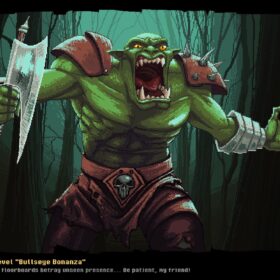
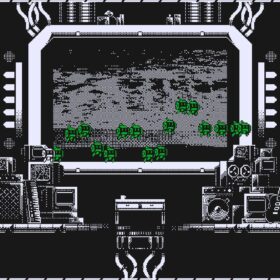
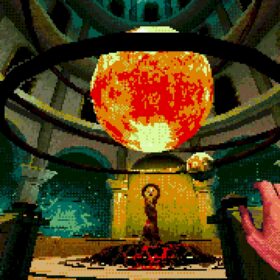

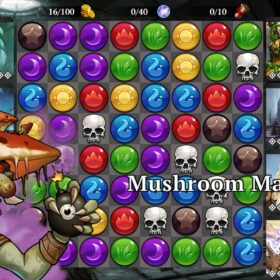
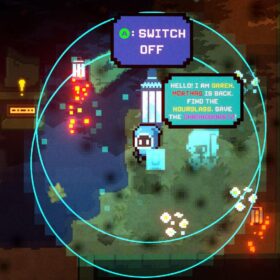

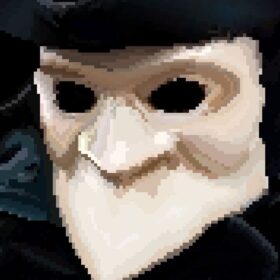
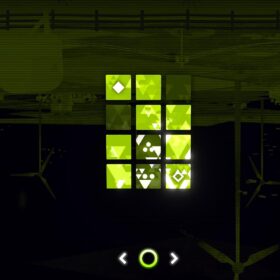
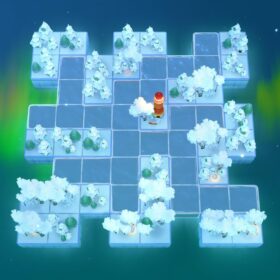
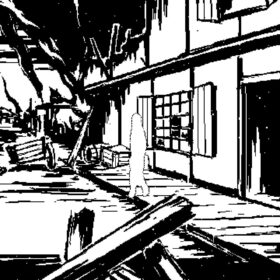

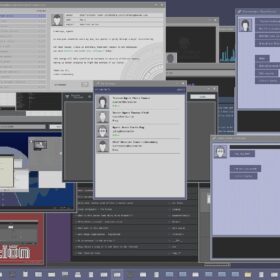

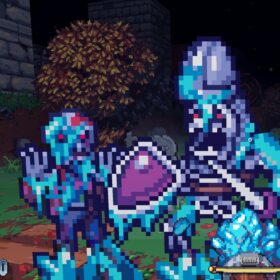
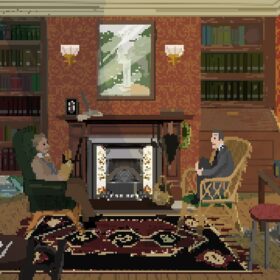
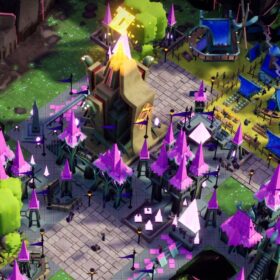
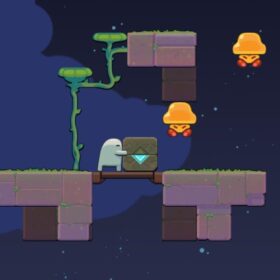
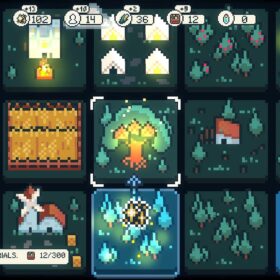

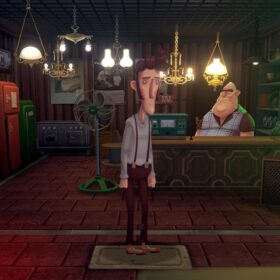
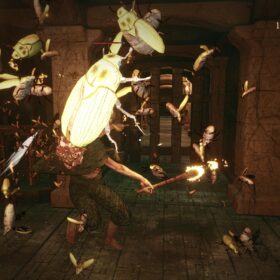

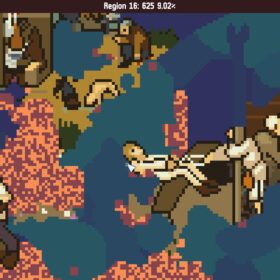

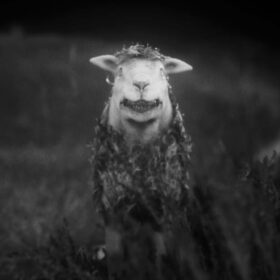
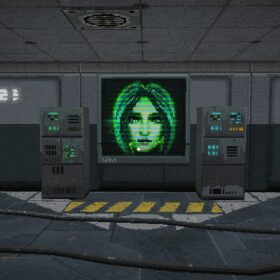
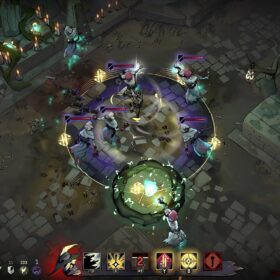
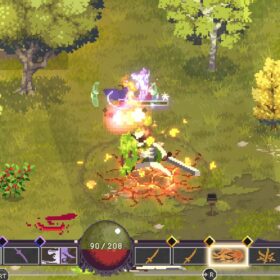
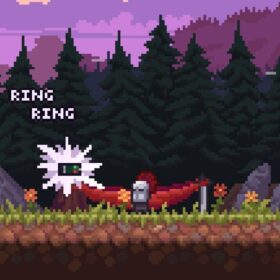
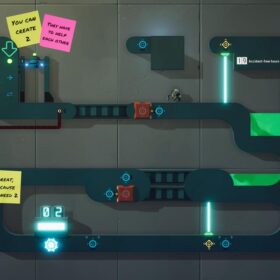

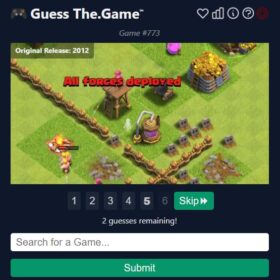


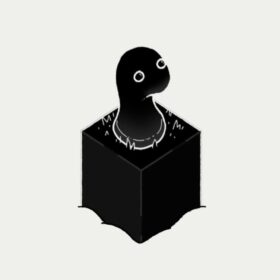
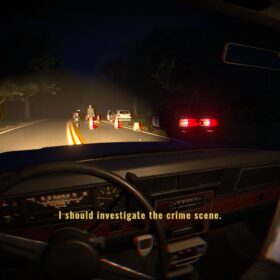


Pieter Bruegel the Elder art in a game!
My favorite Fill-a-Pix like is PrismaPix by Kris Pixton (https://www.kpixgames.com/mainPrismaPix.htm). The unique part about this one is that the puzzle is split into multiple layers that you can swap between, and filling in a square on one layer blocks it on all the other layers. So you need to keep switching between layers to solve the puzzle, and once you do the layers are combined into a single photograph.
Kris had several great games and was a collaborator with Everett Kaser, but unfortunately from what I have been able to tell, Kris either had a stroke or passed away, and her PC games have been removed from sale on her website, but links to the iOS/Android versions are still there (although for whatever reason, PrismaPix is only available in an iOS version).
and so there goes all my free time in January